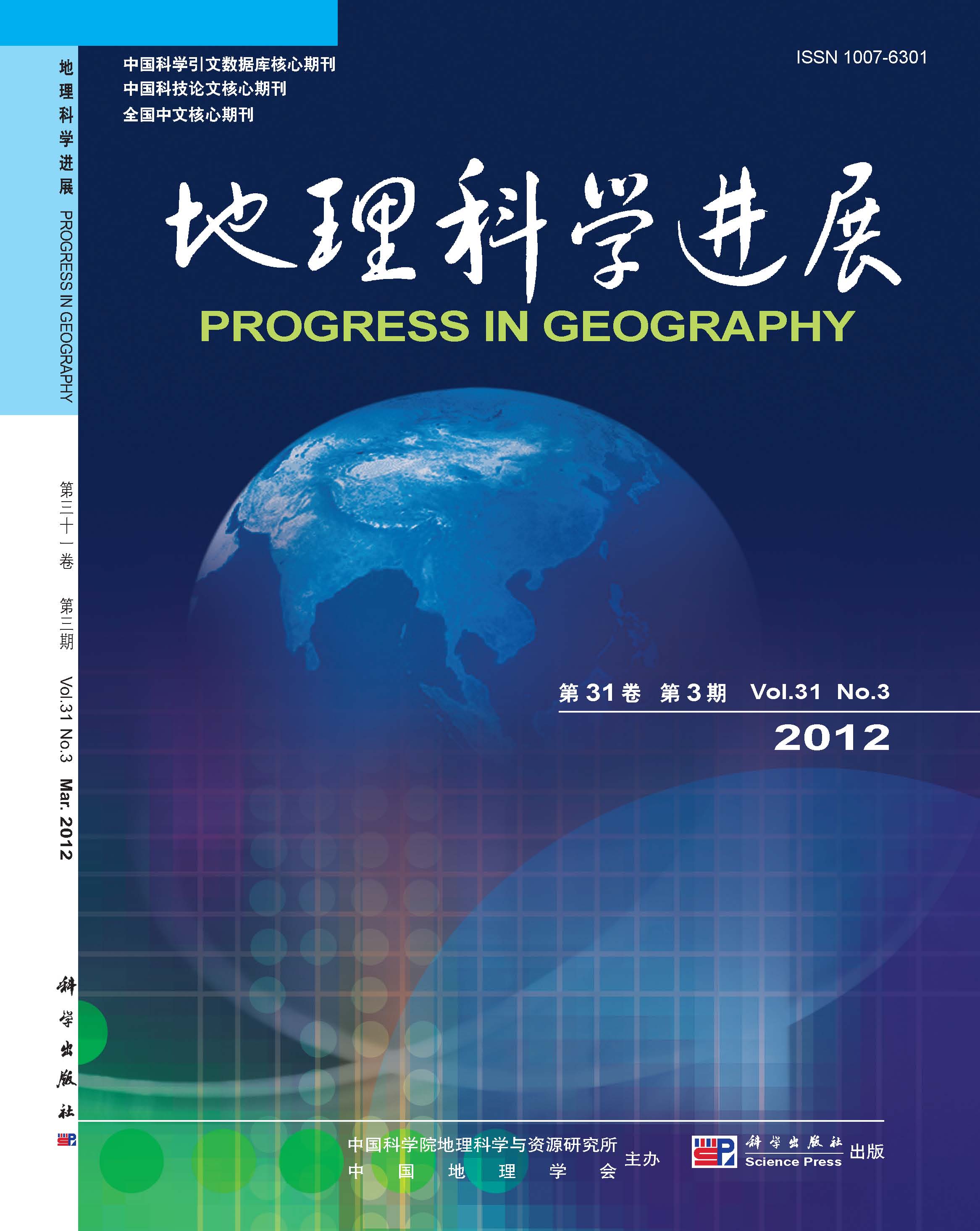ZHANG Lijuan, MAJun,YAN Xiaodong, LIU Dong, ZHANG Li
With the recent advancement in climate change research, it is imperative to examine the dynamic of oxygen concentration in the atmosphere. This research, therefore, attempted to estimate the regional oxygen production by simulating various levels of plant productivities in Harbin, Heilongjiang Province, China, using the photosynthesis principle. In particular, the total amount and spatial distribution of oxygen production within Harbin were estimated using the net primary productivity (NPP) and net ecosystem productivity (NEP). The NPP and NEP, in turn, were estimated employing the C-FIX model with the help of MODIS Net Primary Production (NPP) product. Several conclusions can be drawn as follows. Firstly, in 2008, the total net oxygen production in Harbin was 394423.95 tons. For oxygen consumption, autotrophic respiration accounted for 30.787% of the initial oxygen production, and heterotrophic respiration consumption was negligible (0.001%).We also found that the more initial oxygen production was, the more consumption through plant respiration. Secondly, oxygen production in Harbin has distinct seasonal variations. The production is near zero in winter (from December to February), medium in autumn and spring (slightly higher in autumn), and highest in summer. Finally, oxygen production also has apparent spatial patterns. Within Harbin City, Acheng District has the highest monthly and annual oxygen production, followed by Hulan and Songbei districts, while the old districts, including Nangang, Daoli, Daowai, Xiangfang and Pingfang, have the lowest level. In summary, this paper estimated the daily, monthly, and annual net oxygen production and examined their spatial distribution dynamics by applying the photosynthesis principle with the help of remote sensing (RS) and geographic information system (GIS) technologies. This research proposed a new idea for regional oxygen production estimation, thus providing a basis for studying the dynamics of regional oxygen concentration, and evaluating regional environmental quality for supporting human life.
